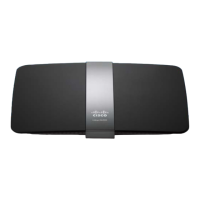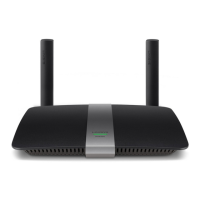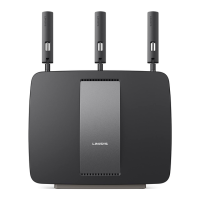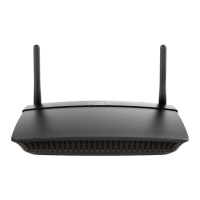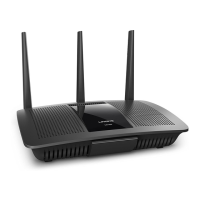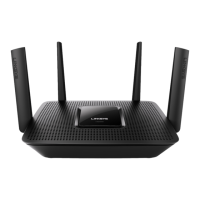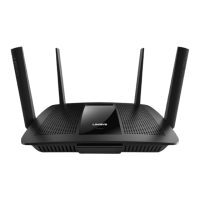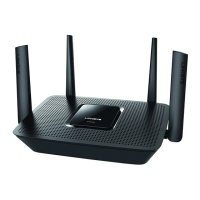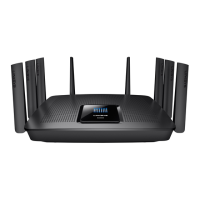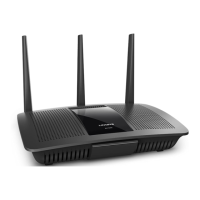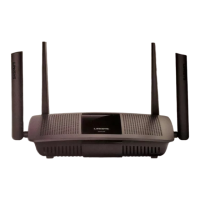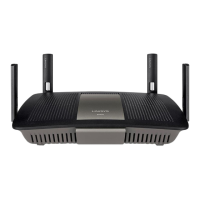Firewall: SPI firewall protection
—This helps protect your local network from Internet threats. This option is enabled by default. This setting is separated into IPv6 and IPv4
options so that each can be handled separately.
CAUTION
To help protect your network, you should keep this option enabled.
VPN Passthrough:
IPSec Passthrough
– IPSec (Internet Protocol Security) is a suite of protocols used to implement secure exchange of packets at the IP layer. The VPN clients on the local
network can establish an IPSec VPN tunnel through the router. This option is enabled by default.
PPTP Passthrough
– PPTP (Point-to-Point Tunneling Protocol) allows the PPP (Point-to-Point Protocol) to be tunneled through an IP network. The VPN clients on the
local network can establish a PPTP VPN tunnel through the router. This option is enabled by default.
L2TP Passthrough
– L2TP (Layer 2 Tunneling Protocol) enables point-to-point sessions using the Internet on the Layer 2 level. The VPN clients on the local network can
establish an L2TP VPN tunnel through the router. This option is enabled by default.
Internet filters:
Filter anonymous Internet requests
—This filter blocks Internet requests from unknown sources such as ping requests. This option is enabled by default.
Filter multicast
—Multicasting allows a single transmission to simultaneously reach specific recipients within your local network. Select this option to block multicasting.
This option is disabled by default.
Filter Internet NAT redirection
—This filter prevents a local computer from using a URL or Internet IP address to access the local server. Select this option to enable the
filter. This option is disabled by default. On some router models, this setting applies to IPv4 Internet only.
Filter ident (Port 133)
—This filter prevents port 133 from being scanned by devices from the Internet. This option is enabled by default.
Click
Save
.
Changing IPv6 firewall settings
The IPv6 firewall lets you customize IPv6 port services for applications. When users send these types of requests to your network via the Internet, the router will allow those requests
to the appropriate computers.
NOTE
To use your router’s IPv6 Internet connection settings, IPv6 service
from your ISP (Internet service provider) is required. For more
information on this service, ask your ISP.
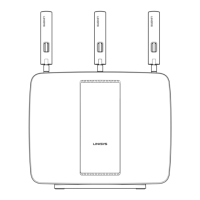
